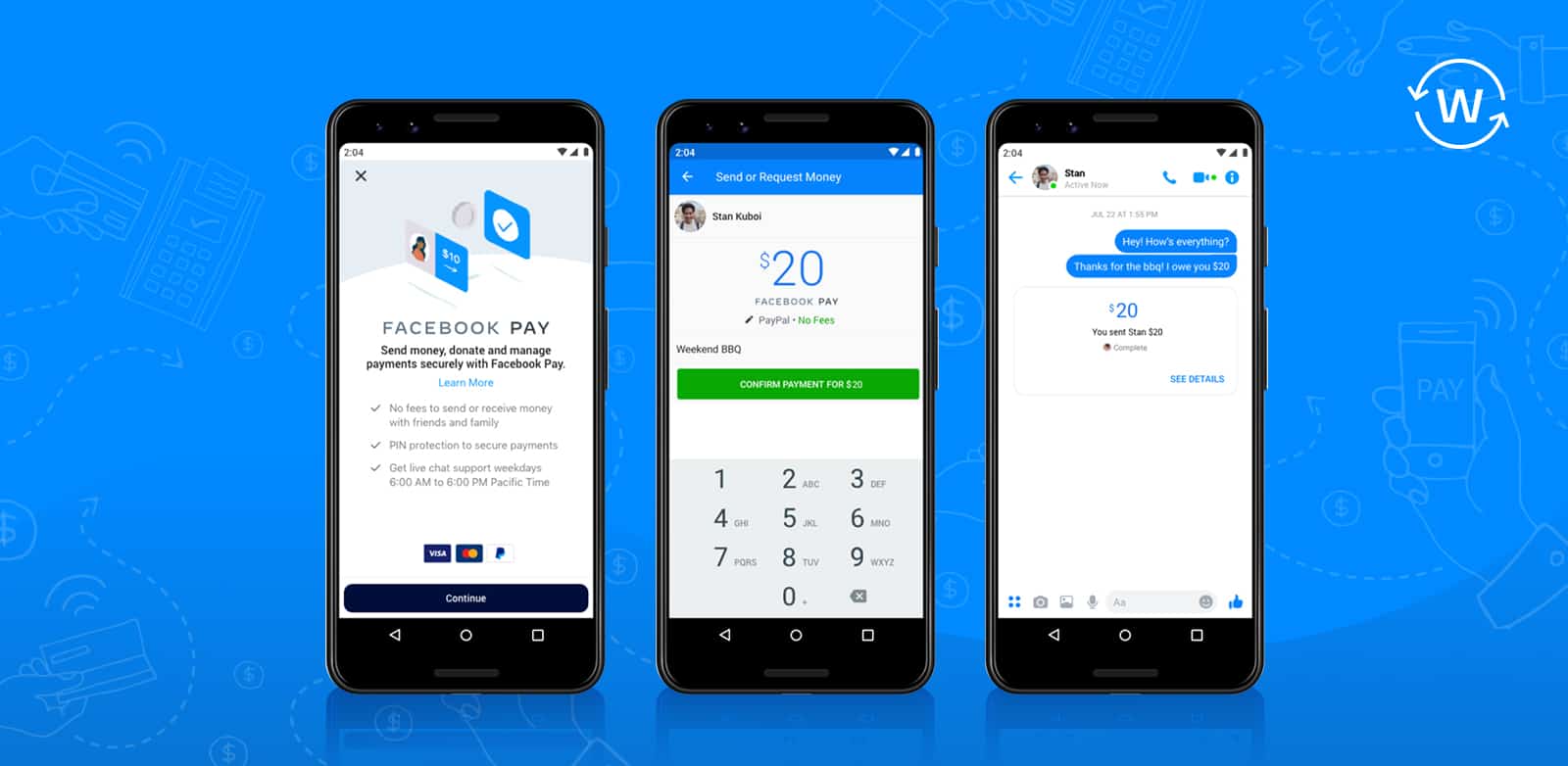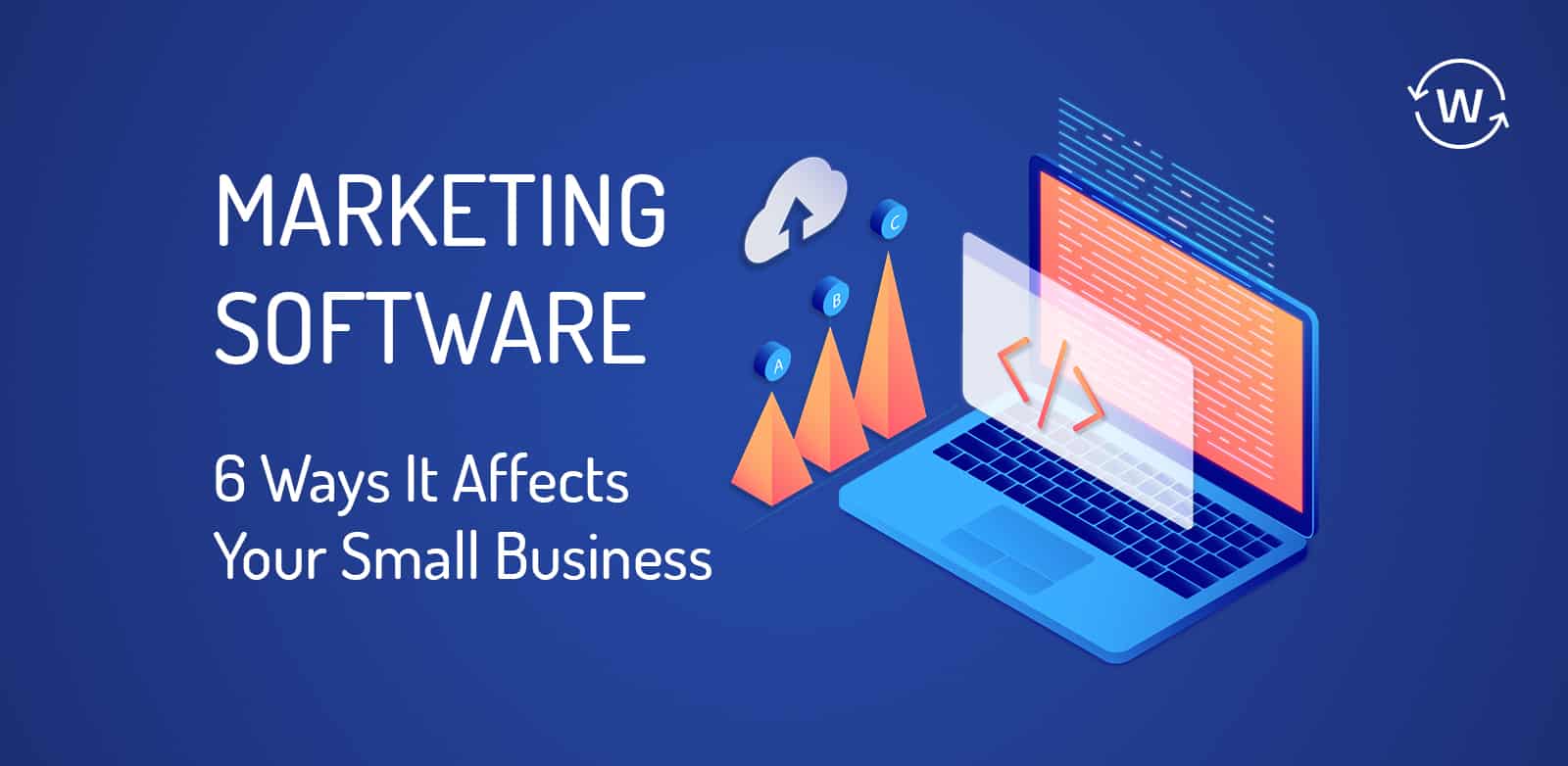Google has come up with another little something that’s been creating a buzz since the past couple of days.
What is it?
Drum-roll, please….
It’s AMP for emails. Confused?
What’s with all the buzz and what is AMP anyway?
Let’s try and get a hang of what changes rolling out AMPs will bring to emails in general.
First off, AMP stands for Accelerated Mobile Pages, which basically are dynamic emails for Gmail on the web. Mobile support is soon to follow.
To plainly explain, Google has brought interactive and dynamic emails for its users, wherein the content opens up like a standard web page and without having to leave the browser or going out of the email, you can see the web pages as you see them normally.
Launched for the web on March 27, Google will be using its AMP technology allowing similar web pages of hotel listings, fill-out forms, and so much more to be accessed within your Gmail. With the coming of this AMP for Email project for the general availability, means brands and businesses can give their emails a more engaging and interactive web-like experience.
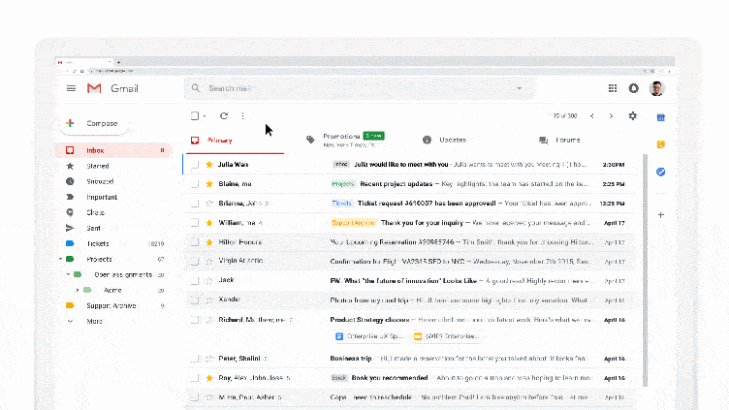
So, the technology isn’t as new as it seems. The tech giant first introduced AMP for emails as a developer preview in February last year. But the announcement about the tech officially happened back in 2015.
Further, the app also enables quick loading and optimized mobile web pages. It is going to turn basic messages into something that can actually accomplish things for your brand. Like mentioned earlier you’ll be able to RSVP to an event right from the message, browse through several store’s inventories and even respond to a comment—all of this and more without having to leave your web-based email client.
This is what Google commented on its blog – “If you want to take action, you usually have to click on a link, open a new tab and visit another website. Starting today, we’re making emails more useful and interactive in Gmail. Your emails can stay up to date so you’re always seeing the freshest information, like the latest comment threads and recommended jobs. With dynamic email, you can easily take action directly from within the message itself, like RSVP to an event, fill out a questionnaire, browse a catalog or respond to a comment.”
The search giant’s partners supporting AMP includes names such as Booking.com, Despegar, Doodle, Ecwid, Nexxt, Pinterest and the list is likely to increase real soon. Referring to the blog post by Google, it is revealed that the AMP support will be available for use within some time the next week. Currently, the tech is ready and supports third-party email engines such as SparkPost, Litmus, Twilio, Sengrid and Amazon SES, and Pinpoint. It also supports third-party email providers namely Outlook, Yahoo Mail and Mail.ru.
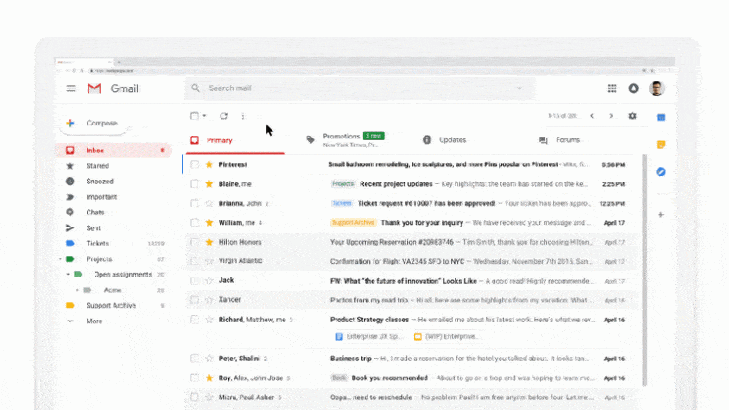
So, what’s AMP for Emails story of Evolution?
For one thing, AMP for email is sure worthy of notice making it a notable leap in the evolution of emails. Remember what emails looked like when they were just launched? The improvement has been immense and almost drastic over the past few decades.
This is how Aakash Sahney, product manager, Gmail, describes how this self-contained silo for static messages meaning emails were prone to going out-of-date—“Over the past decade, our web experiences have changed enormously — evolving from static flat content to interactive apps — yet email has largely stayed the same with static messages that eventually go out of date or are merely a springboard to accomplishing a more complex task. If you want to take action, you usually have to click on a link, open a new tab, and visit another website.”
But with the coming of the ‘dynamic emails’, users will have even fewer reasons to visit websites directly. Sahney further adds—“Your emails can stay up to date so you’re always seeing the freshest information, like the latest comment threads and recommended jobs. With dynamic email, you can easily take action directly from within the message itself, like RSVP to an event, fill out a questionnaire, browse a catalog, or respond to a comment.”
For marketers, this means that their email messages can be much more personalized and interactive than they were. They’ll be able to include more content without making the email message heavy o cluttered. This implies that brands will be able to send a full catalog of products in the form of a carousel with updated stock in real-time. The format further supports not just carousels but also forms and lists. Another fact worth noting is that the email messages still include standard HTML mark-up as a fallback for email clients that support AMP.
What’s the general response, really?
We need to understand that as of now it is the first stage of implementation, and it can’t be foreseen if Google will be able to make it a global standard across several email service providers. Observing the response it can be concluded that most people, especially marketers are thrilled with AMP for email and looking forward to implementing it in their marketing strategy. But not everyone is equally thrilled.
TechCrunch’s Devin Coldewey believes that AMP remains somewhat controversial, considering the fact that it creates a new mark-up and infrastructure that isn’t going to be needed if people were to create faster and simpler websites to start with.
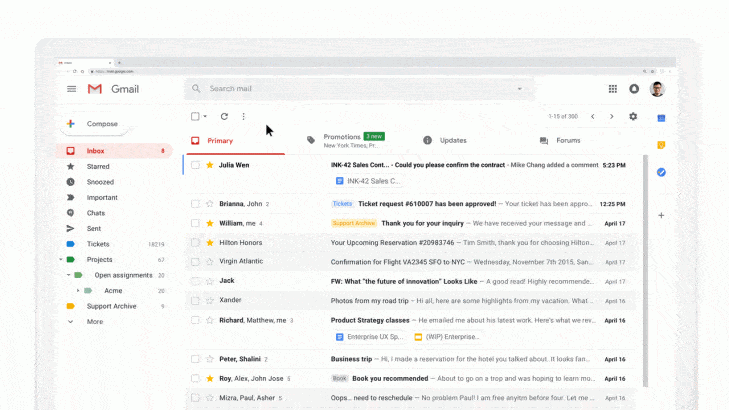
Nonetheless, we can’t really be sure unless we try and let it unfold. AMP for emails is part of Google’s plan to kill off inbox for Gmail for good. AMP for Email allows developers to make a boring old static email into something more dynamic, with content that can be updated, products that can be purchased, questionnaires that can be completed, and appointments that can be booked — all of this from within the email message.
Let’s see where it goes.



